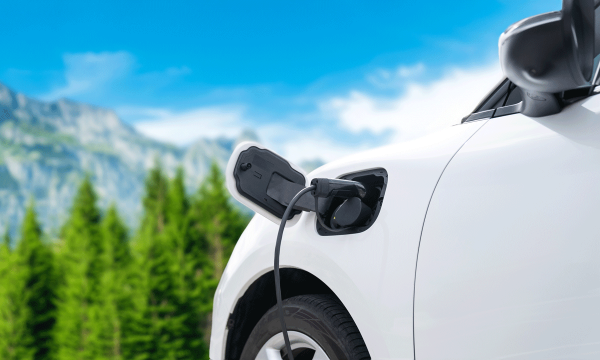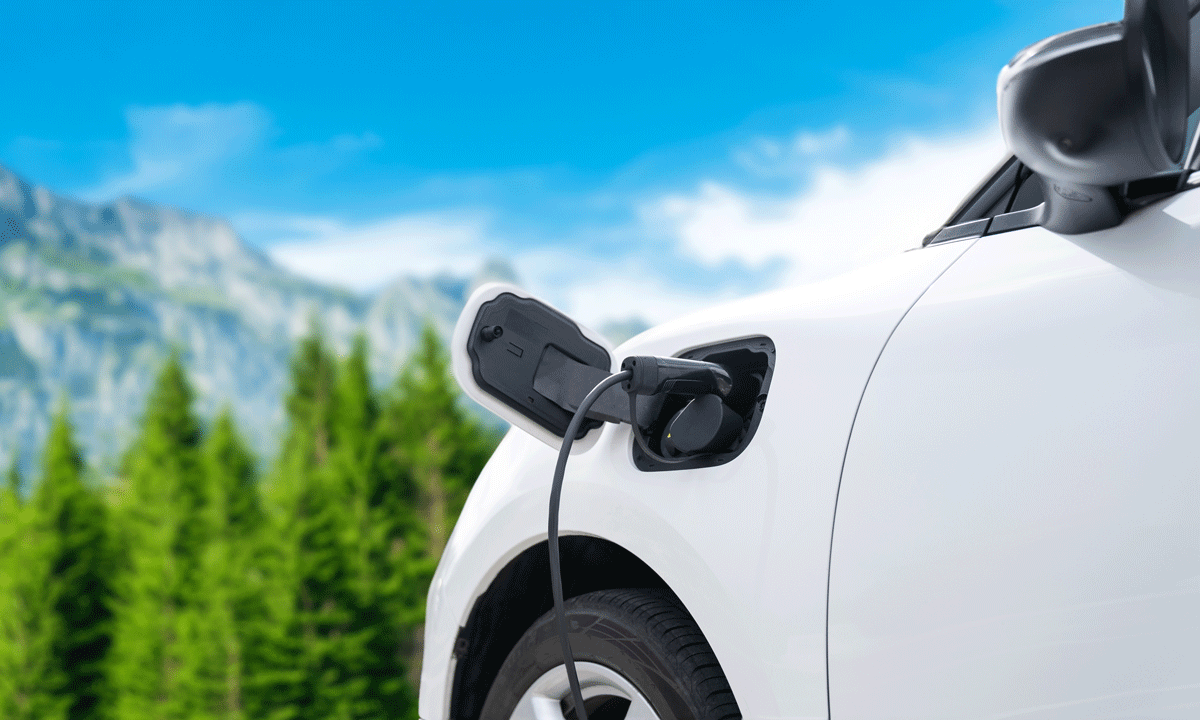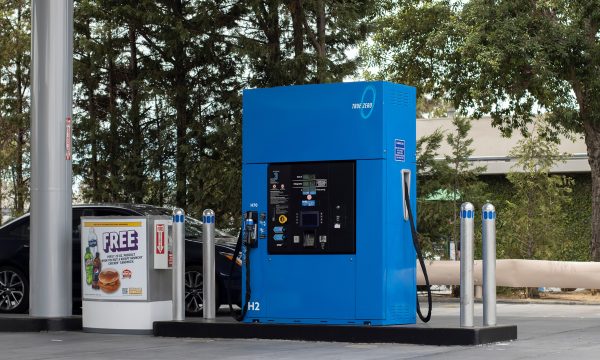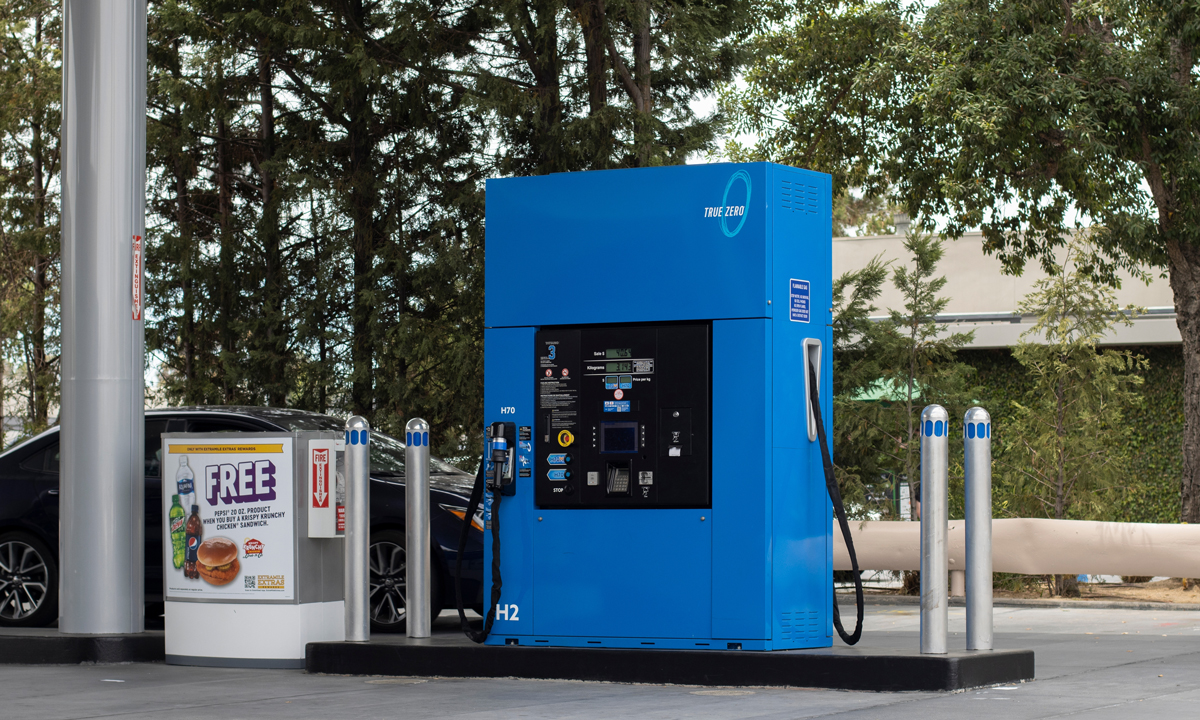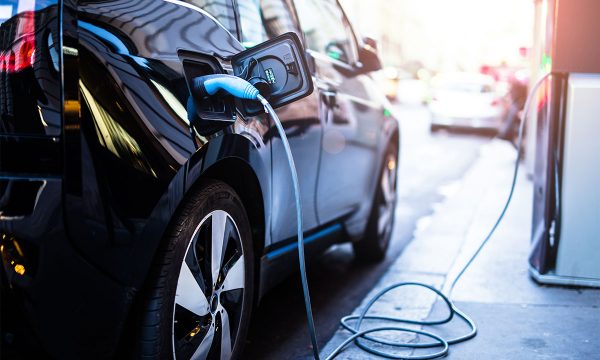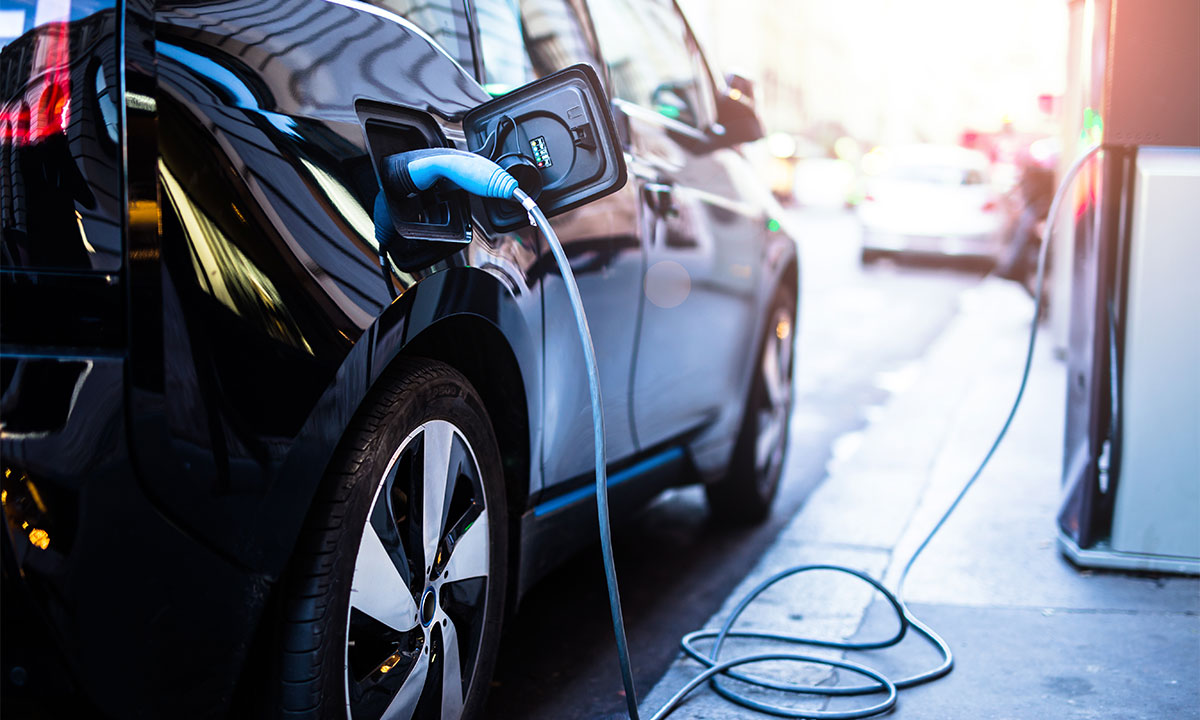Consumers seem to be adapting to unpredictability, which could be a good thing
Recently, there has been a lot of interest, shared by both business owners and ordinary citizens, in regards to where the Canadian economy is going.
The end of 2022 was marked by a maelstrom of different commentaries, analyses and reports directing regular folks towards multiple conflicting takes on what to expect for the upcoming year.
Obviously, after a quarter, we don’t have the answers for all of these questions.
As CADA’s lead economist, however, I believe that a brief quarterly overview could help contextualize and inform auto dealers on what are the current market trends and on if any major macro political or economic changes occurred in the last four months.
First of all, sales levels have been trending at a higher rate than for Q1 of last year. If we look at March, there has been a 3.7 per cent increase in sales compared to the year before (Desrosiers Automotive Consultants).
While the numbers behind might not look overly significant, it is the underlying positive trend that should really excite dealers. For most of Q1, auto dealers across Canada have been able to string together multiple months of good results, which is positive considering how prevalent economic anxiety was at the end of last year. This is not to say that this anxiety is slowly disappearing, but a healthy market for sure helps mitigate this uneasy feeling.
Of course, one of the main drivers behind this is that automobile dealers have seen a steady increase in inventory. It is not at pre-pandemic levels just yet and probably will never be, but having a few models on the lots has for sure rallied the consumers towards the dealerships and has brought a sense of normalcy to the dealer-consumer relationship.
In fact, despite the economic uncertainty among consumers, the appetite for vehicle purchase is still strong. Now, is this simply the result of pent-up demand? Maybe. It could also be that consumers have been accustomed to the uncertainty that characterizes our worldwide, connected and integrated modern economy.
The pandemic, the ongoing war in Ukraine, the seemingly unresolvable supply chain issues and fluctuating energy costs have generated an environment where potential buyers aren’t always equipped to gauge and evaluate properly what’s coming next in our economy. This willingness to invest and spend in the unknown has been surprising for the auto industry, but we shouldn’t start talking about business dynamism or momentum for the moment with quarterly sales still lagging 2021 numbers by a whopping 16 per cent (Desrosiers Automotive Consultants).
If we steer away from the auto industry and look at the world’s economy, global economic growth has been better than what most experts would have anticipated.
This growth stems mainly from the positive quarterly results in Europe, China and from the U.S, which is even more surprising considering they experienced a bank run in early March.
This episode of regional financial instability very well could have triggered some nationwide economic anxieties, but it wasn’t the case. It did, however, incentivize U.S officials in tightening credit access which will undoubtedly have a negative effect on American growth and Canadian exports down south. It will be interesting to see how it impacts the auto manufacturing and trade industry in North America.
In Canada, strong immigration numbers and labour supply have helped sustain high consumption and high employment levels, which in turn have been translated in the sales data expressed earlier.
The flipside is that inflation hasn’t really decreased in Q1 compared to some major European economies, forcing the Bank of Canada to maintain its overnight rate at 4 and half percent.
As multiple countries are benefiting from lower energy prices and increased inventories, affordability remains a big issue in Canada and could eventually have an effect on auto dealers in the upcoming months… this could also be where the lack of momentum in sales is originating from.
In a survey from the Bank of Canada, 37 per cent of Canadians have mentioned that they anticipate visiting restaurants less often and expect to travel less.
Once again, it is complicated to differentiate between big-ticket items like vehicles and more day-to-day spending, but it seems as if the economic anxiety is becoming more and more entrenched in consumption behaviour, which would then affect all segments of the economy.
The next quarter will be fascinating because it will allow us to evaluate, at least a bit more, the nature of this positive trend in auto sales. For example, in the survey, 15 per cent of Canadians expected our economy to get better and 28 per cent expected no change. The upcoming months will allow us to gather the data required to contextualize more adequately the 2023 economic trends.





